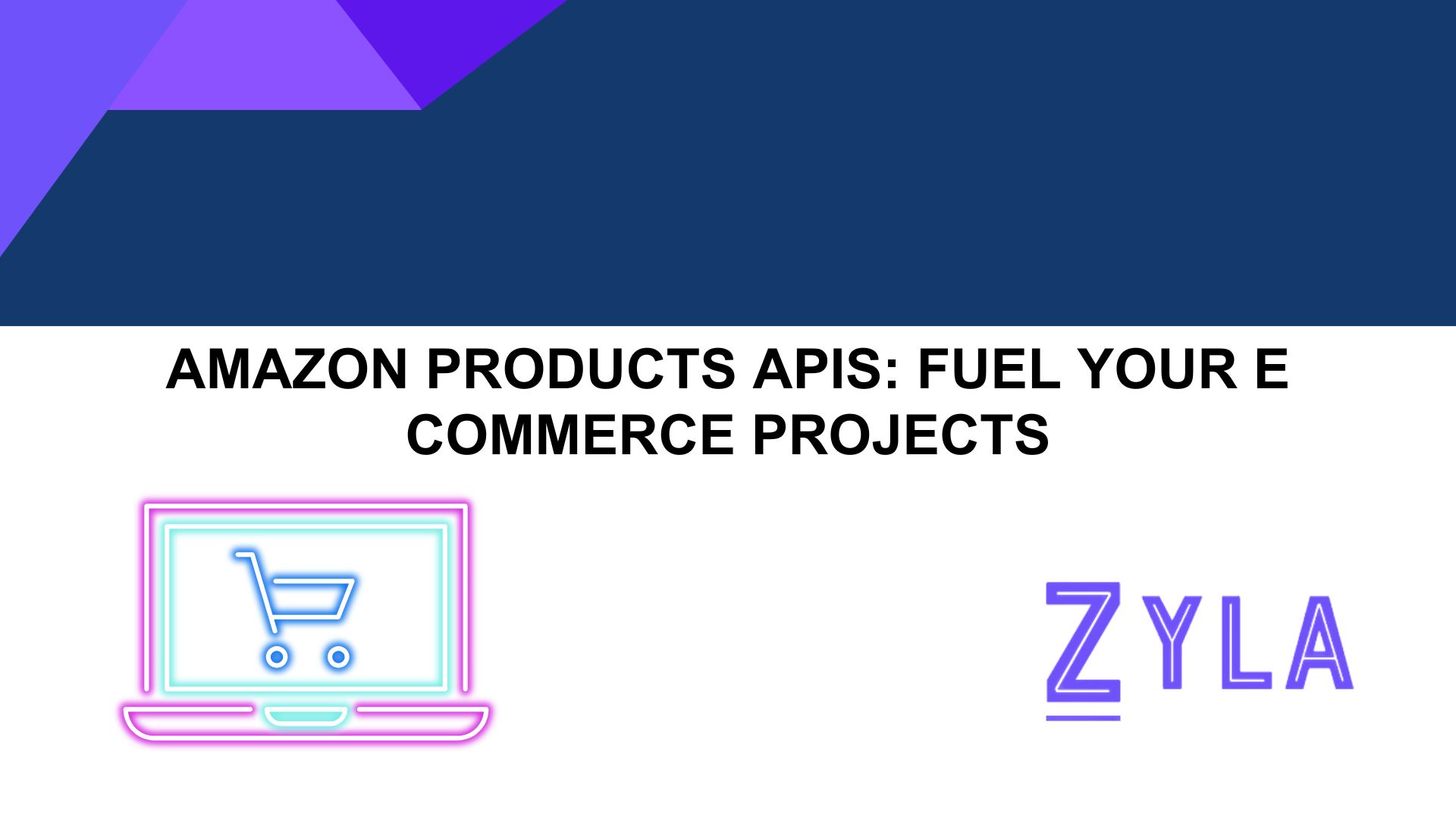Amazon Products APIs: Fuel Your E Commerce Projects

Embarking on the journey of Amazon Products API integration requires a strategic approach tailored to the unique needs and objectives of each business. Identifying opportunities for API integration involves a thorough assessment of existing operations and identifying areas where API integration can drive value. Clear goals and key performance indicators (KPIs) serve as guiding principles, ensuring alignment between API implementation and overarching business objectives.
Best practices for integration encompass selecting the right API version and authentication method, thereby ensuring seamless connectivity and data security. Compliance with Amazon's API usage policies is paramount, safeguarding against potential pitfalls and ensuring a smooth integration process. Rigorous testing and ongoing monitoring of API performance and reliability are essential to maintain operational efficiency and uphold customer satisfaction.
Maximizing Value With An Amazon Products API
Exploring use cases across different e-commerce scenarios sheds light on the myriad ways in which an Amazon Products API can revolutionize business operations. From enhancing product search and recommendations to automating pricing and inventory management, these APIs offer limitless possibilities for optimization and innovation. Integrating affiliate marketing and advertising strategies further amplifies the revenue potential of e-commerce businesses, leveraging Amazon's vast reach and customer base.
Optimizing API usage for long-term success entails a commitment to continuous monitoring and iterative improvement. Staying abreast of API updates and new features enables businesses to remain agile and responsive to evolving market dynamics. Collaboration with developers and industry experts fosters a culture of innovation and knowledge sharing, empowering businesses to stay ahead of the curve and drive sustainable growth.
Zyla API Hub
To start the procedure, visit https://zylalabs.com/registration. Verify that the registration form has all the required information. You will receive an email address along with a verification link. This URL will allow you to access your account.
Selecting "Register with Google" will facilitate the sign-up process more quickly. Just follow these steps to link your Google account to the Zyla API Hub. Simply enter your current GitHub login information and select "Register with GitHub" to combine your accounts.
Test Endpoint Button
1) To start testing, choose the API from your dashboard. To access the API's own homepage, just click on its name. All of the API's documentation, endpoints, and usage guidelines are available on this page.
2) Activating an API subscription is the first step towards conducting tests. Take advantage of every single seven-day free trial that is provided. It's crucial to remember that there will only be one hub API available during the trial period. A test method is included in all hub APIs. There is a testing area on the API page. Select "Test Endpoint" from this menu, then change the parameters as needed.
3) Visit the website to view the test results. You can evaluate the usability and usefulness of the API solution for your project by finding out more. Remember that you are losing some of your subscription each time you use an API request for testing. For further details, look into the dashboard's usage data.
Selecting the best API for your needs is easy when it offers an easy-to-use interface. You can save time and effort by using the same account, SDK, and API key for all of your API interactions. Overcome your worry of misplacing intricate setups or unique login credentials. It makes the process more effective and user-friendly.





